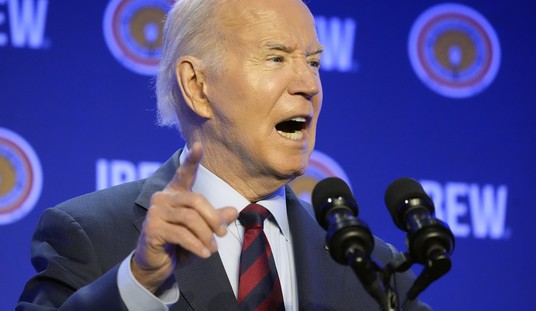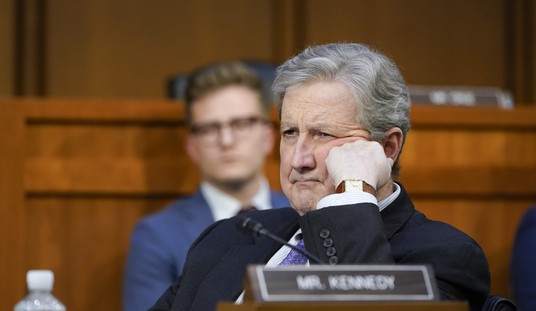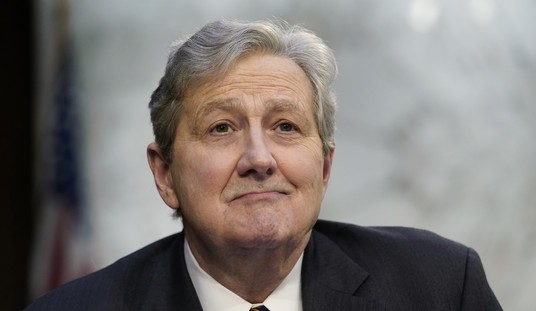
Let’s go back several decades.
Before Common Core, before standardized testing, before all of these things we complain about in education, there was always a set of information every student was supposed to be able to know and skills they should be able to do by the end of a given academic year. It wasn’t that the teachers were making this stuff up out of thin air, either. These were the “standards” children were taught.
Back then, a lot of people called them “Grade Level Expectations” or “GLEs,” and they were used in every state and every district across the nation. They were the early form of “standards” in education. Nowadays, “standards” is a bad word. It’s demonized in the world of education because it’s tied to the Common Core State Standards (CCSS), and all the political chaos that has stemmed from that whole initiative.
That’s all the Common Core standards are, though. They are skills-oriented standards meant to better guide students through their education and their lives.
Now, I will grant you that the standards are not perfect. It is not very practical at all to expect every student to “master” writing fiction, nor is it practical to expect them to fully grasp all the complex mathematical concepts that they’ll likely never see outside of school. But therein lies the balance of teaching standards: How do you make sure as many students as possible know as much as possible in order to perform for just about any path they choose in life?
But, the word “standards” has become in many cases synonymous among conservatives with federal control over local education (and therefore reviled). A lot of the blame can be placed on two events that scared conservatives, and rightly so.
The first event was kicked off by Arne Duncan, Barack Obama’s Secretary of Education, who was prevented by law from enforcing a national set of standards. As a way around that, he tied the adoption of the CCSS to funding for Race To The Top, a badly-run government incentive program meant to encourage states to do better to receive more federal money. It forced the hand of many states that desperately needed the new funding in order to put the proper initiatives in place to reform their education systems.
As a result of this, however, the CCSS was implemented in states without the necessary explanation of what they were or how to teach them – many teachers were left hopelessly in the dark without the training necessary to teach to those skills. That, coupled with many older teachers who do not like change all that much anyway, led to a lot of negative pushback from the classrooms. Even the unions began to turn on what was widely seen as a “progressive” education agenda.
The second event relates in part to the first when it comes to that lack of training. Many book publishers, run by progressive businesses, began printing teaching materials (textbooks, etc.) that took the CCSS, interpreted and skewed them very badly, and pushed a new model of education bent on introducing social justice into the American classroom at the expense of the actual knowledge and skills the standards were meant to give the students.
News reports flew around about books downplaying certain historical events in favor of teaching a social lesson on inclusivity, outright re-writing history and focusing on the wrong things, and teaching skills and knowledge in confusing and often exasperating ways. To cap it all off, many parents were told by students that their teachers urged them not to ask their parents for help, as their use of the “old knowledge” may lead to confusion over the “new knowledge.”
Of course, it’s all a load of crap. Not the stories that floated around, I mean, but the stuff being taught through these textbooks and by progressive activists posing as teachers. Education is certainly not a liberal field, but there are far more good educators out there than the news on either side of the aisle would have you believe.
It was not the standards that caused all this chaos, but the incredibly irresponsible interpretation of them and how to implement them. As a result, children who were supposed to be taught under this system are no better off, and in some cases are actually worse off, because their teachers were either activists hellbent on teaching the “new knowledge” that skewed the standards so badly or because their teachers were never actually trained to present the skills and knowledge to their students.
But, we cannot simply demonize the term “standards” because it is a convenient way to dismiss something we don’t like or don’t understand. Even private and charter schools have some sort of standards or GLEs they teach their students because that is the only way to uniformly present the necessary knowledge and skills they need and to do so in a measurable way.
As I said a couple weeks ago, simply saying “school choice” is not enough to fix education in the United States. You have far too many students who would not benefit right away, and they will be left behind. Rather, we need to begin reforms within our public schools and work our way outward to more choice in education. A good way to start would be to fix the issue of understanding and teaching the standards (no matter what form they’re in) and work toward advancing our students. In order to measure their growth and mastery, though, you have to have an established set of standards. You have to be able to track their progress in some way.













